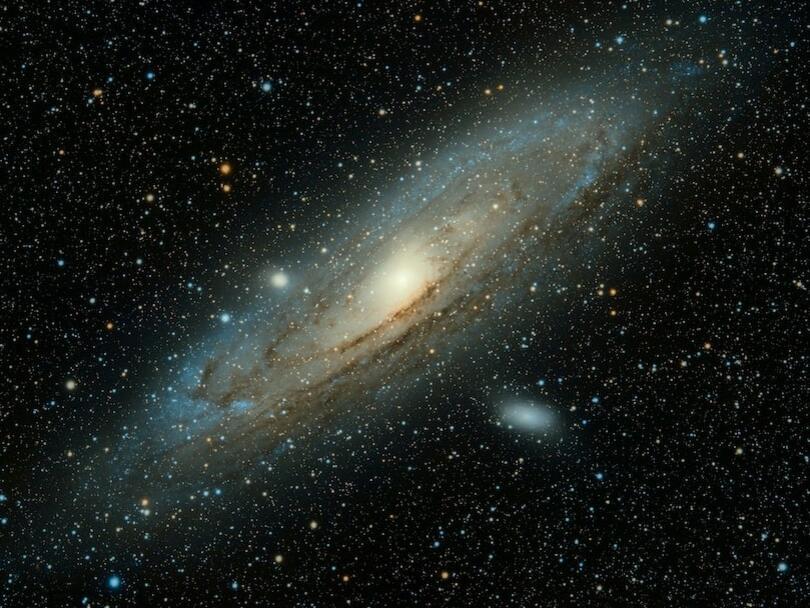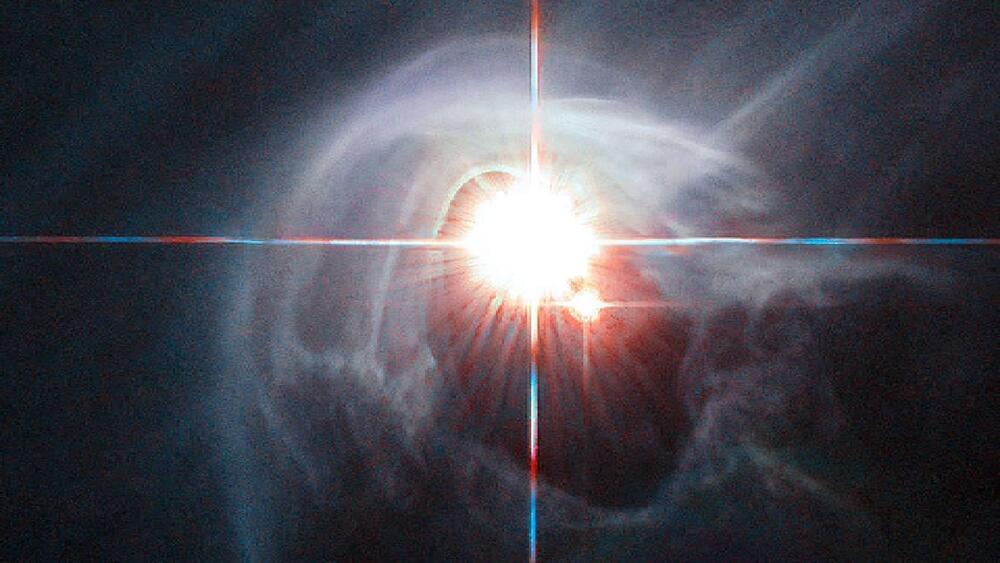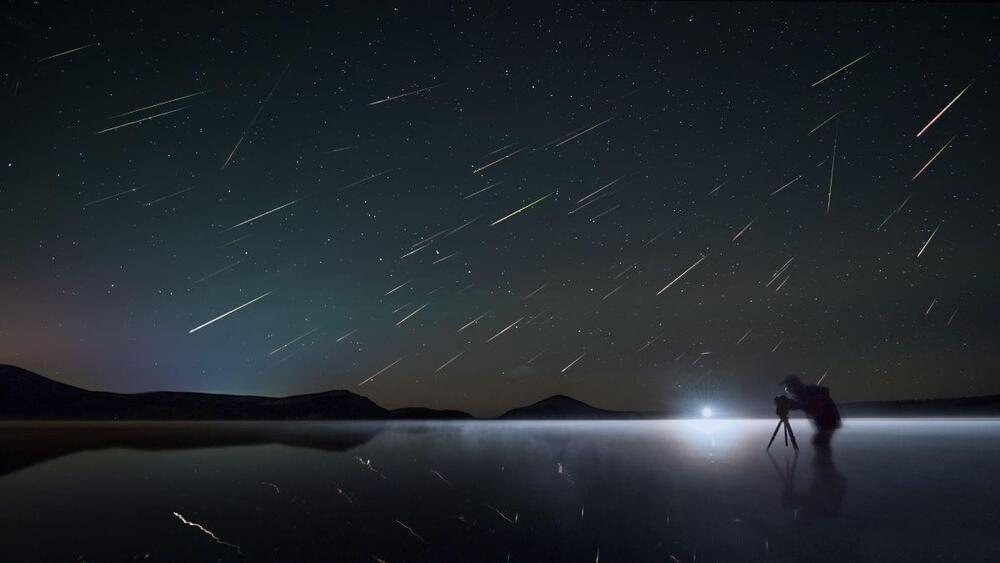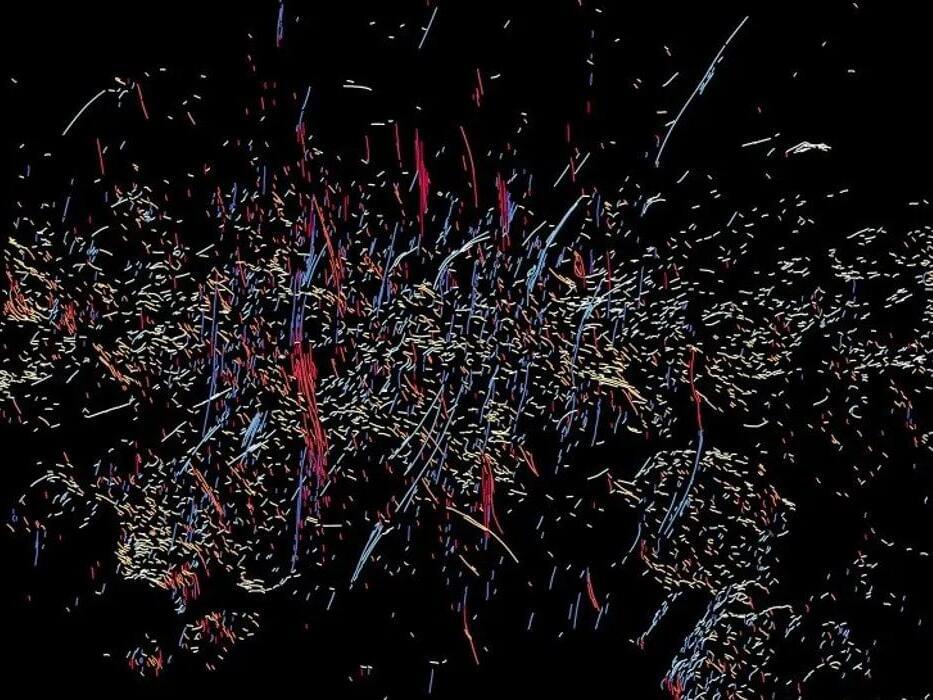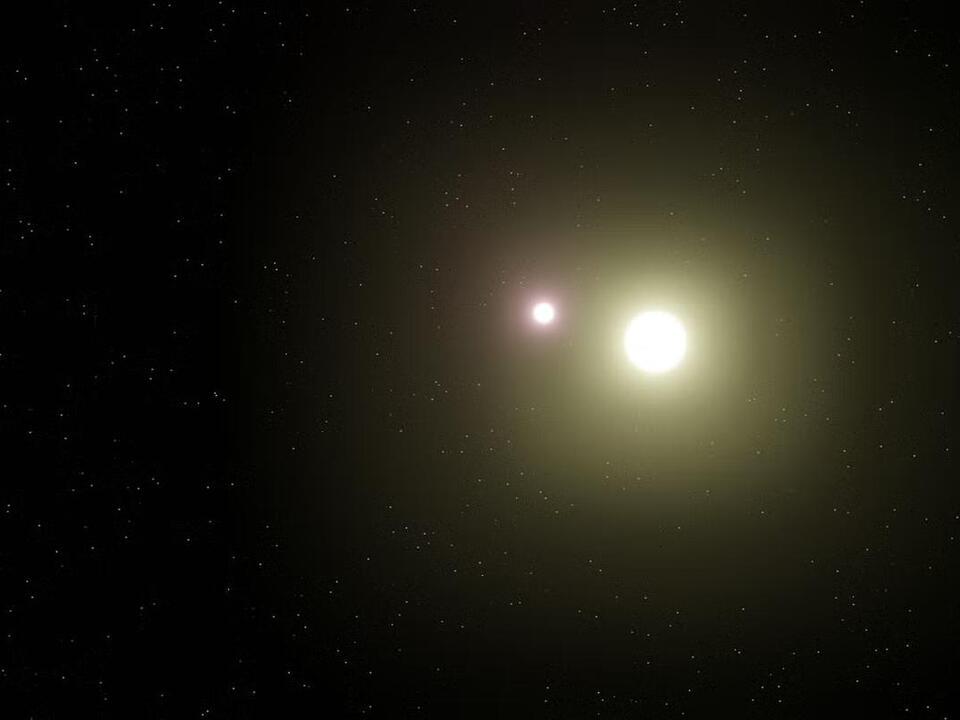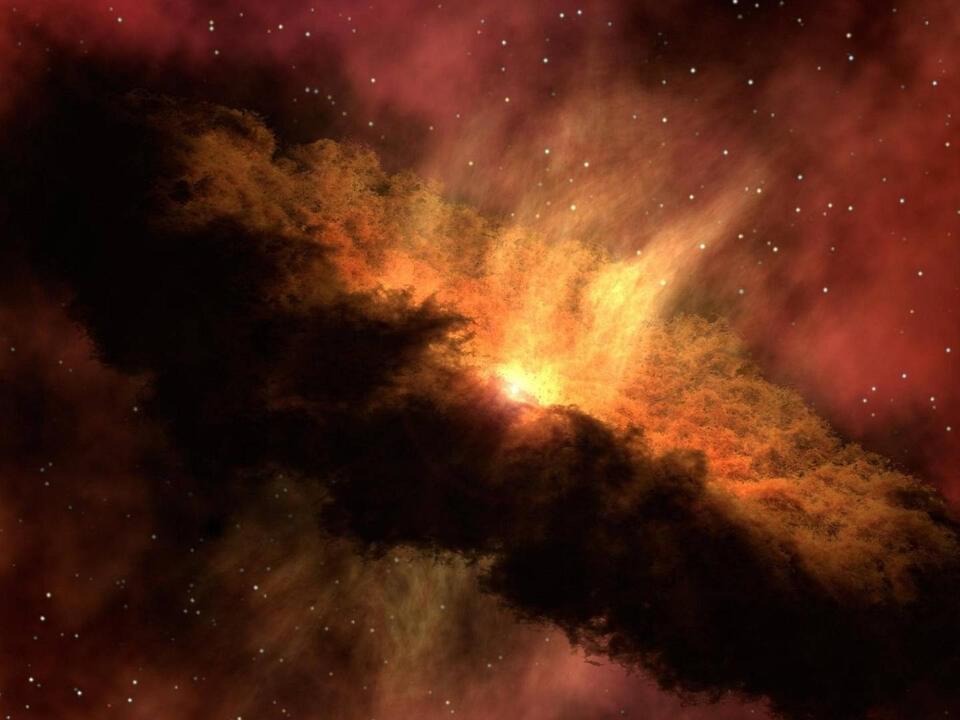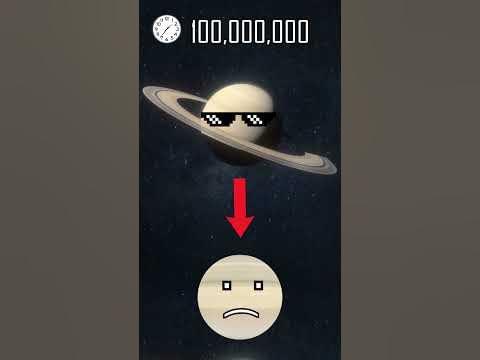Aug 13, 2023
James Webb snaps a stunning question mark in space
Posted by Gemechu Taye in category: space
The image, released by ESA shows the twin protostars Herbig-Haro 46/47, which are located about 1,470 light years away from Earth.
The European Space Agency (ESA) has shared a stunning image of two young stars in the process of formation, captured by the James Webb Space Telescope (JWST). But what has caught the attention of astronomers and netizens alike is a mysterious object that resembles a giant question mark in the sky.
Credits: NASA, ESA, CSA, J. DePasquale (STScI)
Continue reading “James Webb snaps a stunning question mark in space” »

